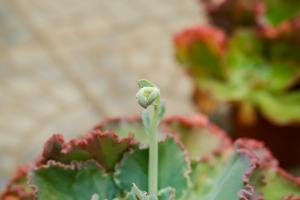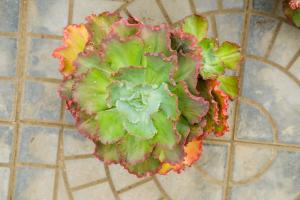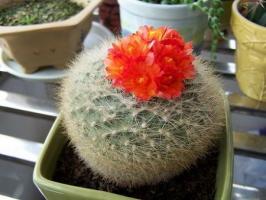I Basic information
In order to deepen everyone's understanding of tall sand Weng, so that the survival rate of later reproduction is high, let's first understand some basic information about it! The color of the leaves of the tall sand Weng is emerald green, excessively reddish brown. Strong light, large temperature difference and low temperature in winter will turn its leaves into crimson. The edges of its leaves are pink, and there are some white powdery substances on the leaf surface. During the flowering period in summer, the flower ears are relatively long, and the color of the flowers is orange. When potting the tall sand Weng, you should pay attention to changing the pot every two years, and the diameter of the pot is slightly larger, Only in this way can it stretch and grow naturally. The Weng of high sand has low requirements for water. It is necessary to wait until the soil is dry before watering. It is enough to apply fertilizer once a quarter
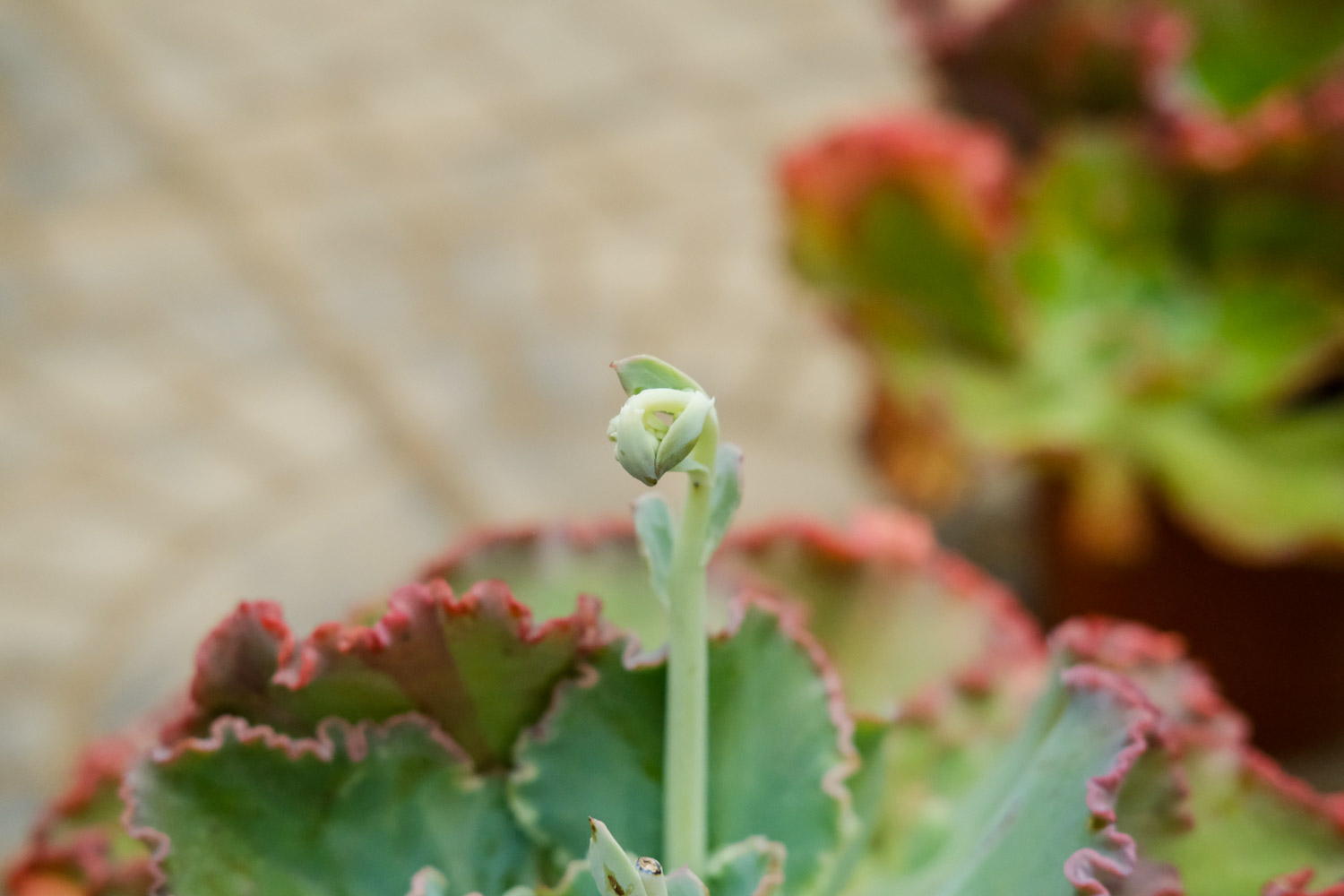
II Breeding method
The main breeding methods are branch cutting and leaf cutting, which can be carried out all year round. The specific methods are as follows:
1. Select strong and well-developed branches or leaves, cut them off and put them in a cool place to wait for the incision to dry
2. The selection of soil requires the selection of drainage and breathable sandy soil, which can be made of perlite mixed peat, and then catch up with a layer of clean river sand after cutting, so as to ensure good ventilation
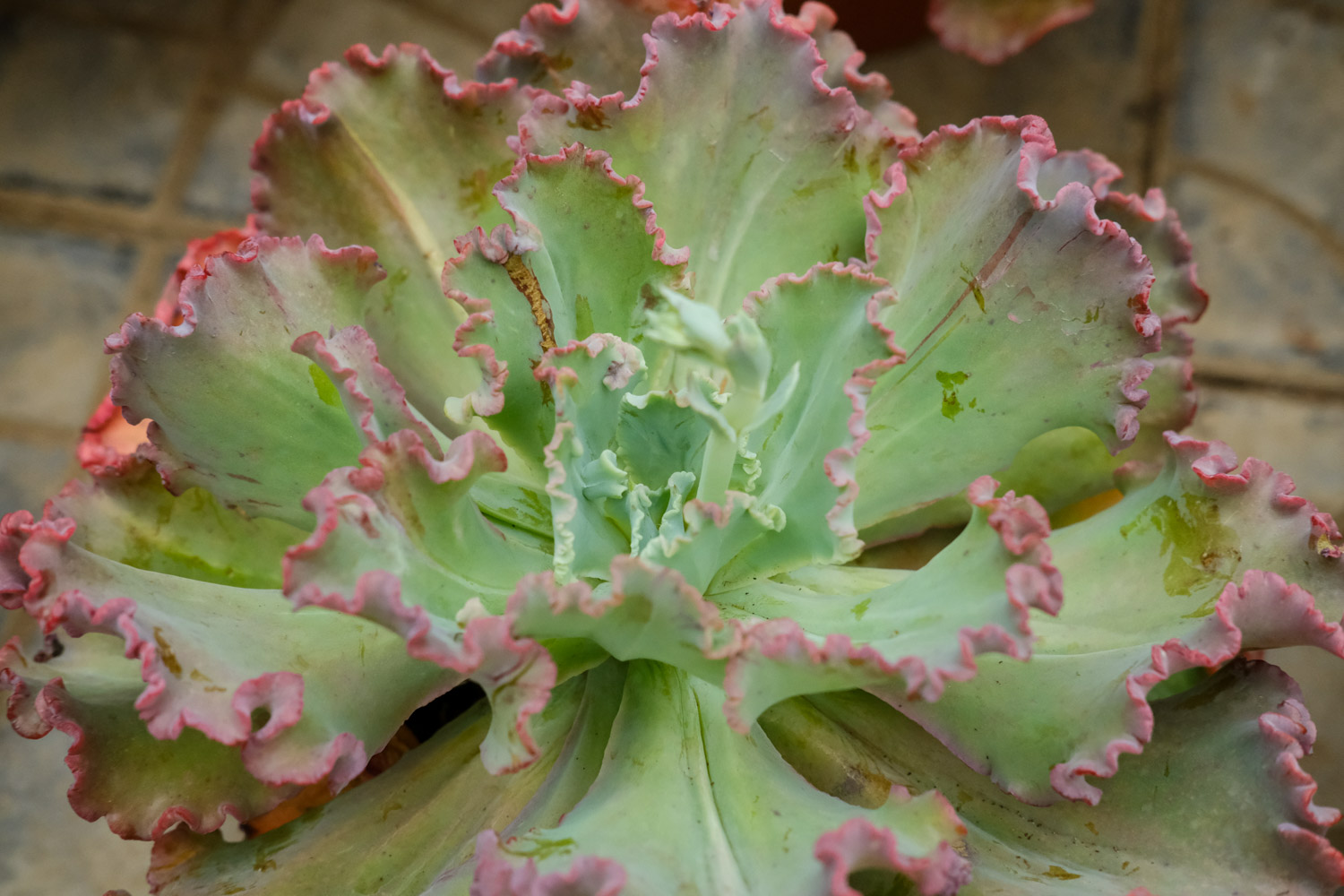
3. After the prepared branches or leaves are inserted into the soil, they need to be properly watered to ensure the water required for their rooting, but after survival, they should follow the principle of no drying and no watering. Pay attention to the maintenance at ordinary times. You'd rather be dry than too wet. One time watering is enough. The next time you have to wait until the soil is dry. Watering needs to be stopped in continuous rainy days and winter
4. At the beginning of cutting, you can add some base fertilizer into the soil, but you don't need to apply too much fertilizer during the growth of flour plants, as long as you need to add organic base fertilizer into the soil again when changing pots
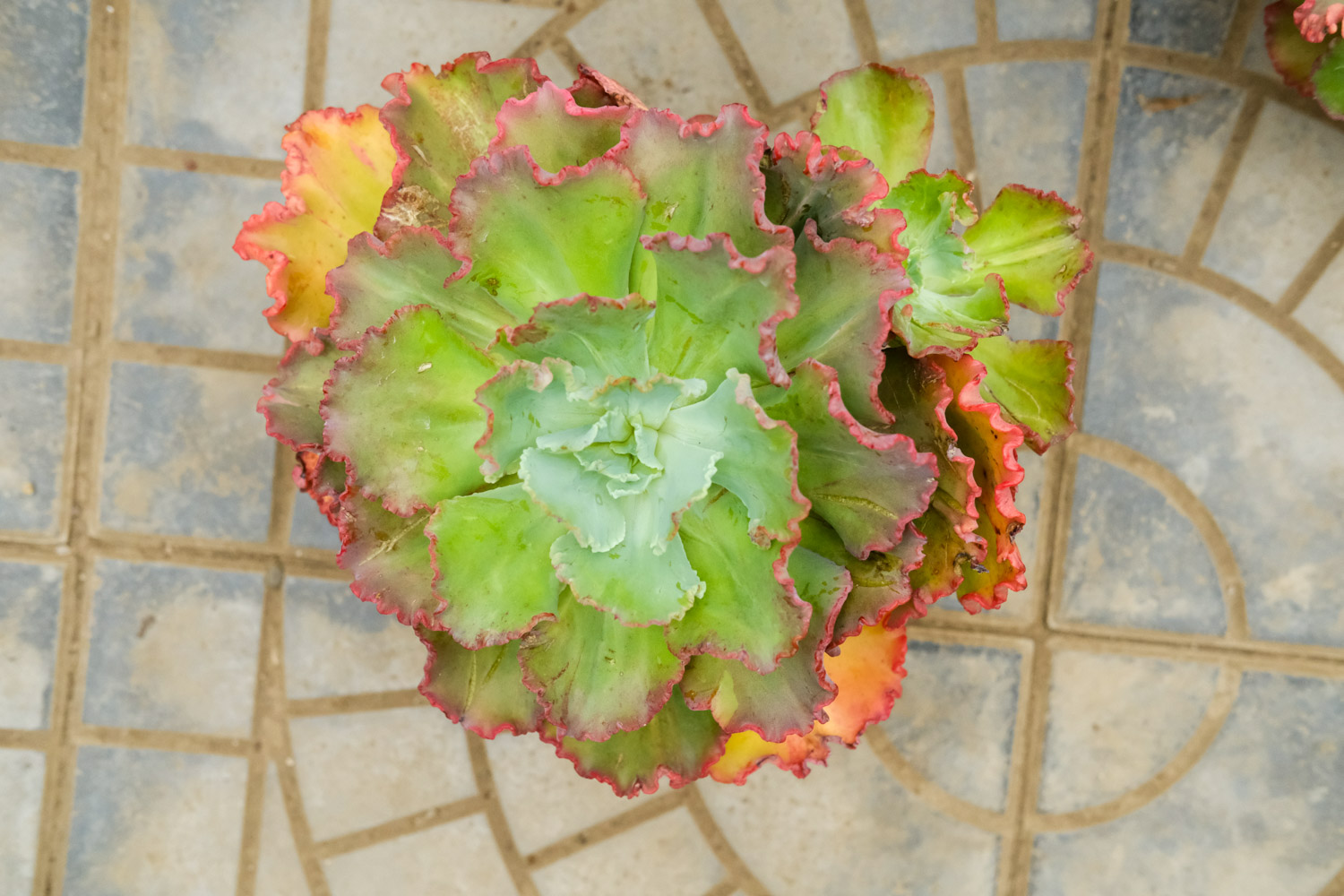
The high sand Weng is very easy to raise. The survival rate is relatively high whether it is branch insertion or leaf insertion. I hope the methods introduced by Xiaobian can help you

 how many times do yo...
how many times do yo... how many planted tre...
how many planted tre... how many pine trees ...
how many pine trees ... how many pecan trees...
how many pecan trees... how many plants comp...
how many plants comp... how many plants can ...
how many plants can ... how many plants and ...
how many plants and ... how many pepper plan...
how many pepper plan...



